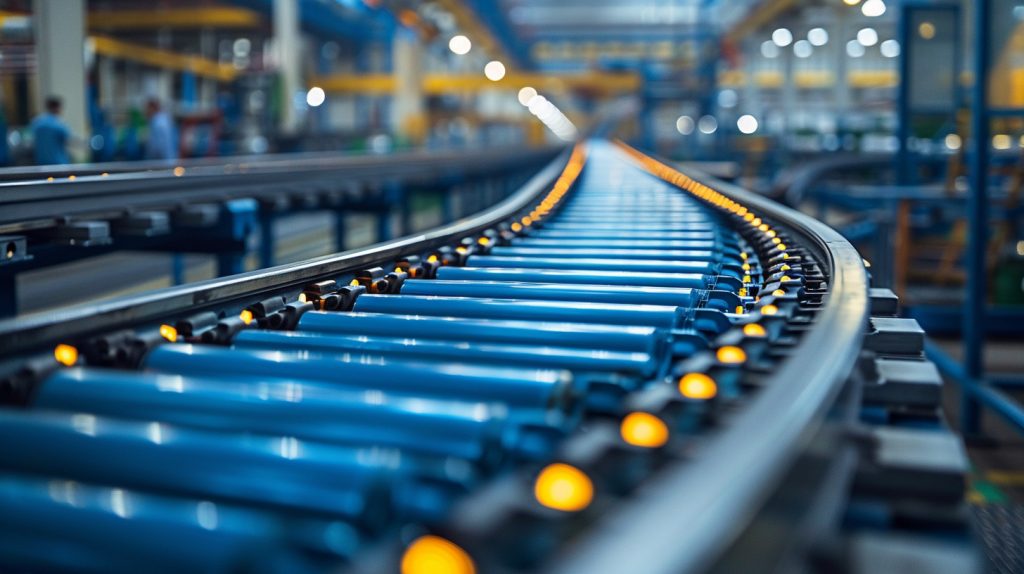Since the early 1800s, when engineers first used punched cardboard sheets to program machines for automated weaving, automation has dramatically evolved. Today, it is more prevalent, sophisticated, and efficient than ever before.
To stay competitive and fully leverage these advancements, industry professionals must keep abreast of the latest developments, emerging technologies, and best practices.
For instance, new insights into metals like steel and palladium provide valuable information, as highlighted in commodities market news. Steel production, once plagued by lengthy startup times and hazardous conditions, has been significantly transformed by automation. But how is automation specifically applied in this context?
What is industrial automation?
When you think of automation, robots might come to mind—those big, orange mechanical arms that assemble cars. While they’re useful, there are other automation tools used across various industries.
Process control
In precise processes like steel production, tons of sensors and quality checks happen before a product is finished. Things like thickness, temperature, and chemical composition are constantly monitored.
Automation shines by using processors to interpret these sensor readings, decide if they’re okay, and tweak or stop production as needed. This means operations can run on autopilot, cutting down on human intervention and errors.
Robotics
Manufacturing relies heavily on robots for tasks like strapping, marking, and handling materials. Besides the robotic arms capable of complex movements, there are tram-like robots on rails for logistics. These range from simple transport vehicles following set paths to fully automating raw material handling, product storage, and distribution.

Applications of automation in the steel industry
- Parameter monitoring and process adjustment: Automating process improvements helps make evidence-based enhancements over time.
- Quality control: Sensors quickly detect both dimensional and chemical properties to ensure products meet specs, allowing for fast adjustments and less waste.
- Product marking: Stamping, printing, or engraving finished products is key for traceability. Linking these tasks to a central database boosts accuracy and efficiency.
- Packaging: Automation takes on tasks like strapping or wrapping large items like sheet steel coils, lowering injury risks for workers.
- Deburring and dross cleaning: Automation is perfect for this tedious, time-consuming, and risky job, improving speed and quality.
- Welding of tubes and coils: Robotic welders on precise tracks easily manage the welding of long, straight tubes.
The impact of automation on steel production
Automation has transformed the steel industry, where repetitive tasks, tough conditions, and continuous production processes are the norm. One of the biggest improvements is in quality control, thanks to constant data streams that allow thorough process monitoring. Automated tweaks create a continuous feedback loop.
Safety is a big deal in automation, especially with powerful, fast-moving robots handling steel. Interlocks and light-guards keep workers safe by keeping humans at a safe distance. Still, automating tasks involving extreme temperatures and heavy components boosts overall safety by moving humans out of harm’s way.
Plus, automation’s ability to run 24/7 cuts waste and energy costs, optimizing the energy-heavy processes of heating furnaces and rolling materials.
Pros and cons of automation in the steel industry
Automation in steel production brings several benefits, such as better quality control, heightened efficiency, increased output, lower worker risks, and less environmental impact. However, it also has downsides like fewer job opportunities, high initial and upkeep costs, limited flexibility, and the need for extra safety measures.

